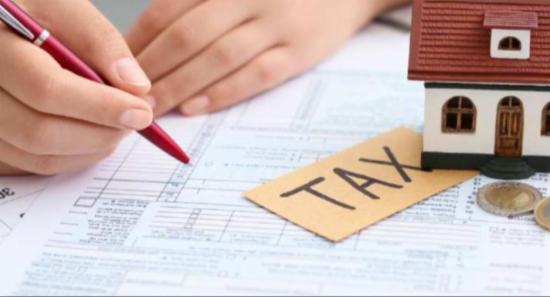.webp)
Why did the Rupee depreciate by over 16% in 2018?
Colombo (News1st): The Sri Lankan Rupee plunged further to an all-time low against the US Dollar yesterday (December 29), as the selling price reached Rs. 184.07.
When Ravi Karunanayake was sworn in as the Minister of Finance in January 2015, the Sri Lankan rupee stood at 134.03 rupees against the US Dollar. During his tenure of two and a half years, the Sri Lankan rupee depreciated by 15.3% or Rs. 20.5, to Rs. 154.53 against the US dollar by the end of May 2017.
Karunanayake’s successor Mangala Samaraweera was thereafter sworn in as the Minister of Finance in May 2017. The Sri Lankan rupee which then stood at 154 rupees against the US Dollar plunged to a new low of Rs. 160 against the US Dollar by June 2018.
By the 20th of September this year, the rupee further plunged to Rs. 170 against the US dollar. Thereafter, within a period of two months, the rupee further depreciated by another ten rupees, and by the 23rd of November 2018, the rupee plunged to Rs. 180 against the US Dollar.
During Minister Mangala Samaraweera’s tenure as the minister of finance, the Sri Lankan rupee has depreciated by 19.11% or by approximately 30 rupees.
Speaking to News1st Chandra Jayaratne, former chairman of the Ceylon Chamber of Commerce explained the possible reasons for the depreciation of the rupee against the US dollar. He noted that the Sri Lankan rupee has depreciated by over 16% this year and it is one of the largest declines registered in a year.
He added that in the global context all the Asian countries have been impacted by some of the global issues, but on the other hand Sri Lanka has had two very different things affecting it, firstly in the short term those who assess Sri Lanka have come to realize that the political stability and the governance stability of the country is fluid.
Jayaratne noted that unfortunately, these issues have led to the investment communities and others to look closely at Sri Lanka's debt performance. He added that the third and biggest problem was that Sri Lanka has a debt overhang which will get worse into the future, "as each year we export half of what we import and we have a shortfall in our import-export or the trade balance".
Therefore he said all these compounded together will mean that the country will continue to need to roll over its past debts because it cannot repay its past debts and we cannot see any of the investments that have been put into to pay past debts giving cash flow enough to pay for them.
Other Articles
Featured News





.png )
-798357_550x300.jpg)
-798207_550x300.jpg)
-798201_550x300.jpg)

-797563_550x300.jpg)
-797273_550x300.jpg)






















.gif)